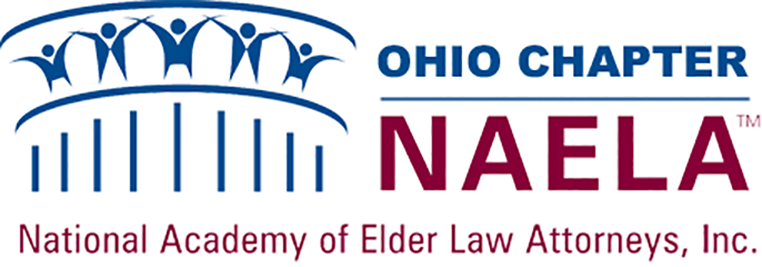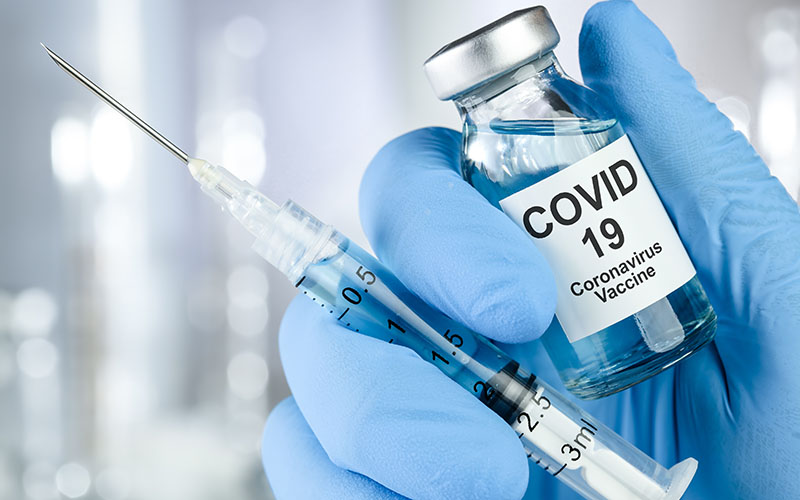The VAntage Point blog/US Dept. of Veterans Affairs —
With two COVID-19 vaccines available for emergency use and deliveries starting at VA health care facilities, many Veterans are wondering when they can receive the vaccine.
Facilities will notify Vets at high risk for contracting the virus or those who could develop serious illness about their eligibility and when they can expect to get their vaccine.
This is possible because of VA’s new data outreach tool.
The COVID-19 Vaccine Outreach for Veterans software program uses data in the VHA Support Service Center (VSSC) databases to find Vets who are in high-risk groups. Because the vaccines are new and in high demand, quantities are limited. They’re being given to the most at-risk groups first.
Using database to sort Vets by age and health conditions
VA follows the Centers for Disease Control (CDC) guidelines to determine who should be offered the vaccine first when supply is limited. Since VA medical records are electronic, facilities can use the VSSC database to sort Veterans by their ages or if they have high-risk health conditions.
It can then provide medical facilities with a list of Veterans who should be offered vaccine first.
Pictured above, registered nurse Sandra Getchell gives the COVID-19 vaccine to World War II Veteran Margaret Klessens, 96. Klessens is a resident of VA Bedford Healthcare System’s community living center.
Klessens was the first VA patient nationwide to receive the COVID-19 vaccine and has now received her second vaccine. (VA photo by Kat Bailey)
“The Vaccine Outreach for Veterans program was designed to review records of all Veterans receiving care throughout the VA health system to determine their risk level and when they should be offered the COVID-19 vaccine,” according to Stacey Campbell, VSSC’s deputy director.
Tool ensures Vets can be easily identified
VSSC worked with the COVID-19 Vaccine Project National Integrated Project Team (IPT) Prioritization Group to develop the tool and ensure that Veterans could be easily identified based on age or underlying conditions.
The tool uses patient identifiers to show a patient’s medical conditions, age, gender, and serious and pre-existing health conditions. It also shows current disease treatments, such as chemotherapy or dialysis, and other risk factors for severe COVID-19, such as smoking or obesity.
A patient’s medical record can reveal a patient’s interest in receiving the vaccine. It also contains contact information so their local facility can notify them of their prioritized eligibility.
Veterans may be notified by their local facility using traditional mailing or electronic notification systems. These systems include VEText or My HealtheVet. Veterans also may receive calls from patient case managers.
Important tool to keep Veterans healthy and safe
“It’s helpful if providers that Veterans know and trust for their care help with outreach. We want Veterans to know this is an important tool to keep them healthy and safe,” sayid Patti Wallace, the senior clinical advisor for the VHA Office of Healthcare Transformation. She was instrumental in bringing the work of the IPT together with VSSC for use in the field.
The CDC Advisory Committee on Immunization Practices has multiple phases for the vaccine based on availability. Most VA facilities are in the first phase (Phase 1a), which ensures the most vulnerable people get the vaccine first.
VA facilities can start offering vaccines to those covered under Phase 1b of the CDCs allocation guidelines when they have made good progress through Phase 1a.
Dr. Jane Kim is the chief consultant for preventive medicine at the National Center for Health Promotion and Disease Prevention. She has been leading a team of experts, including public health, infectious disease, pharmacy, ethics and equity in anticipation of the vaccine rollout.
Dr. Sophia Califano is the deputy chief consultant for preventive medicine. She worked with these experts to adapt CDC guidance on phased allocation of vaccine for VA. Her team worked closely with the VSSC team to develop the software tool and ensure it captured the right information and made it easy for facility outreach teams to contact Veterans.
Ensuring those Vets most at risk are at the front of the line
Califano noted that the process to determine risk levels is intentionally straightforward to help Veterans understand why they are being offered the vaccine and how it may benefit them. This ensures that those most at risk are at the front of the line and phases can move quickly. The goal is to quickly offer the vaccine to as many staff and Veterans as vaccine supply permits.
Veterans who would be eligible in Phase 1b due to their profession may have access to the vaccine through their place of work before enough vaccine is available through VA. All Veterans and staff are encouraged to get vaccinated at their first available opportunity.
For example, their state may offer them the vaccine before VA does. You can provide a picture of the COVID-19 vaccination card to your VA provider through secure messaging and request it be added to your records.
“We want to encourage Veterans to get the COVID vaccine as soon as it becomes available to them,” Califano said. We believe this is the best path forward and the best way to protect you and your family.”
Updates on COVID-19 information will be posted on the VA Access to Care website. Also, information on COVID-19 vaccines at VA can be found here.
–From Gina Pattison, a Dynamic Integrated Services writer for the VA Office of Quality and Patient Safety.
Continue reading at The VAntage Point blog/US Dept of Veterans Affairs
Thank you for visiting the blog of the Ohio Chapter of the National Academy of Elder Law Attorneys. We hope you find the resources and information you need, whether you are looking for an attorney to represent you or are an Ohio attorney interested in joining our organization. We are the leaders in serving attorneys who specialize in serving the needs of older adults and disabled individuals.
Do you need an attorney to handle your Estate Planning, Probate, Special Needs, or Medicaid/Medicare issues? Find an qualified member of the Ohio Chapter of the National Academy of Elder Law Attorneys in the Ohio NAELA Directory.

